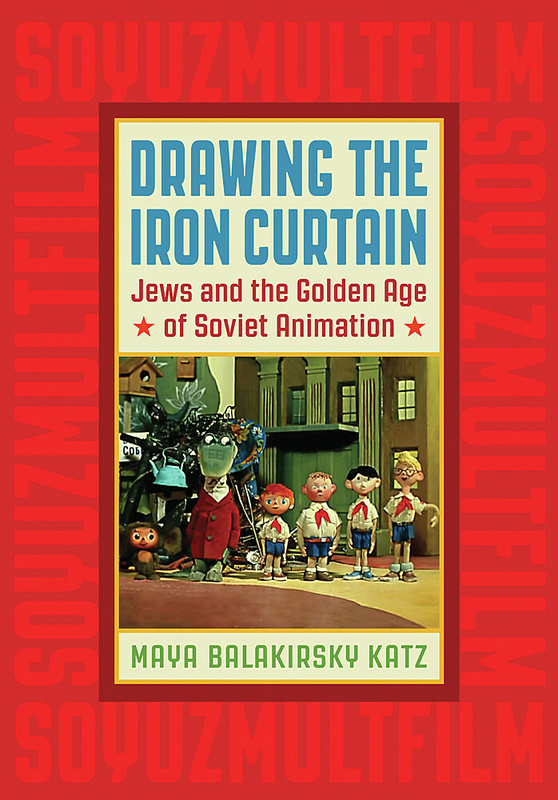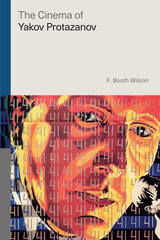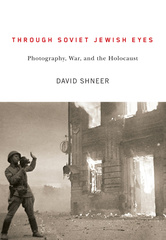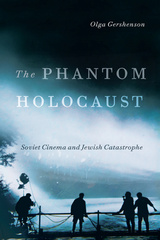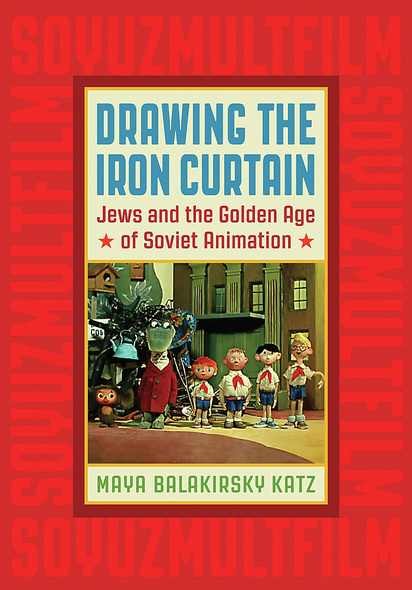
304 pages, 7 x 10
109 photographs
Paperback
Release Date:15 Jul 2016
ISBN:9780813576626
Hardcover
Release Date:15 Jul 2016
ISBN:9780813577012
Drawing the Iron Curtain
Jews and the Golden Age of Soviet Animation
Rutgers University Press
In the American imagination, the Soviet Union was a drab cultural wasteland, a place where playful creative work and individualism was heavily regulated and censored. Yet despite state control, some cultural industries flourished in the Soviet era, including animation. Drawing the Iron Curtain tells the story of the golden age of Soviet animation and the Jewish artists who enabled it to thrive.
Art historian Maya Balakirsky Katz reveals how the state-run animation studio Soyuzmultfilm brought together Jewish creative personnel from every corner of the Soviet Union and served as an unlikely haven for dissidents who were banned from working in other industries. Surveying a wide range of Soviet animation produced between 1919 and 1989, from cutting-edge art films like Tale of Tales to cartoons featuring “Soviet Mickey Mouse” Cheburashka, she finds that these works played a key role in articulating a cosmopolitan sensibility and a multicultural vision for the Soviet Union. Furthermore, she considers how Jewish filmmakers used animation to depict distinctive elements of their heritage and ethnic identity, whether producing films about the Holocaust or using fellow Jews as models for character drawings.
Providing a copiously illustrated introduction to many of Soyuzmultfilm’s key artistic achievements, while revealing the tumultuous social and political conditions in which these films were produced, Drawing the Iron Curtain has something to offer animation fans and students of Cold War history alike.
A superbly researched treatise that will be of keen interest to readers of Soviet history, Jewish studies, and film history. Students of animation will take particular delight in the detailed explorations of Yuri Norstein’s famous film Tale of Tales and of Cheburashka, the phenomenally popular character also known as the Soviet Mickey Mouse.
Drawing on their Jewish heritage' - an interview with Maya Balakirsky Katz <http://jewishstandard.timesofisrael.com/drawing-on-their-jewish-heritage/>
From Dishes to Spyware,Quirky Mementos of Soviet Dominion' - Eve M. Kahn on the recent surge of interest in East-Bloc mementos, including Drawing the Iron Curtain <http://www.nytimes.com/2016/01/08/arts/design/a-surge-of-interest-in-east-bloc-mementos.html>
Katz has written a very important book exploring an area of popular significance but little scholarly attention.
Maya Balakirsky Katz’s new book is a welcome addition to Soviet animation studies'
'This book contains a significant amount of useful information, and I would ultimately recommend it... to all scholars of Soviet cinema and culture, and to all academic libraries with holdings in Russian and Soviet culture
Drawing the Iron Curtain is an important contribution to Jewish studies, animation studies, and Russian studies
A Beast of Unknown Origins: May Day: The surprising Jewish origins of the animated character who taught a generation of Soviet children to be good communists' by Maya Balakirsky Katz
A noteworthy contribution to such disparate fields as animation history, Soviet cultural history, and Jewish studies, the author’s primary disciplinary affiliation'.
MAYA BALAKIRSKY KATZ is a professor and chair of the art history department at Touro College, in New York. She is the author of The Visual Culture of Chabad and the editor of Revising Dreyfus.
List of Illustrations
Acknowledgments
Note on Transliteration and Translation
Introduction: Puppeteering a Self in the Soviet Union
1 Behind the Scenes: Jews and the Studio System, 1919–1989
2 Black and White: Race in Soviet Animation
3 The Brumberg Sisters: The Fairy Grandmothers of Soviet Animation
4 Big City Jews: Setting and Censoring the Modern Fairytale
5 Tropical Russian Bears: Cheburashka’s Jewish Roots
6 The Pioneer’s Violin: Animating the Soviet Holocaust
7 Cartoon Cosmopolitans: Drawing Jews into Soviet Culture
8 Tale of Tales: The Rise of the Jewish Auteur Director
Conclusion: Tell-Tale Signs and Soviet Jewish Animation
Notes
Glossary
Filmography
Index

